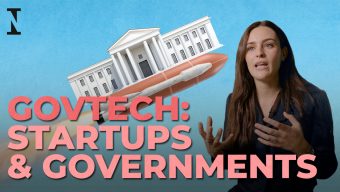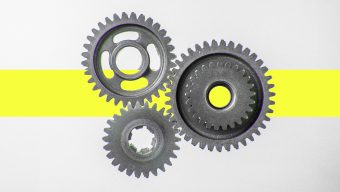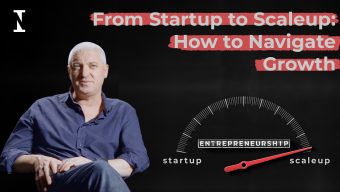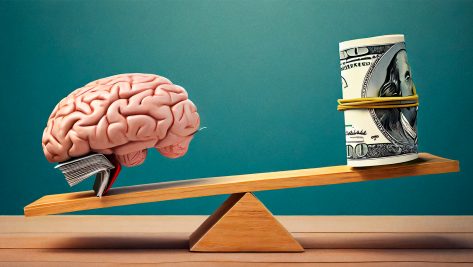The entrepreneurship boom of recent years has produced leaders that stand in stark contrast to our classic idea of a business executive. These two types of leaders share certain abilities but don’t usually approach business ideas in the same way. A recent study highlighted the differences between today’s entrepreneurs and traditional MBA-trained executives.
The study found that, given the same business idea and the same set of available technologies, the two groups approached the task of starting a business in different ways. The traditional MBAs used “causal reasoning”—that is, they tried to identify the optimal alternative for achieving their goals using the available means. Causal reasoning is based on the following logic: To the extent that we can predict the future, we can control it. The method preferred by the MBAs was to study the market, segment it, choose the optimal segment, and then develop a positioning accordingly.
The entrepreneurs used “effectual reasoning”: rather than setting a specific goal, they started by taking stock of the resources at their disposal and then let their goals emerge over time.
The entrepreneur discovers the customer
In contrast to the MBAs’ causal, analytical style of logic, the entrepreneurs used “effectual reasoning”: rather than setting a specific goal, they started by taking stock of the resources at their disposal and then let their goals emerge over time. During the startup stage, entrepreneurs think about their values and skills (who they are), their education and experience (what they know), and their contacts, including friends and possible business partners (whom they know). Drawing on the valuable ideas generated through this process, they then imagine various scenarios, perform tests, and examine the results.
In one such test, potential customers are asked to assess a possible product or service and provide key knowledge for future development. At this point, the entrepreneur begins to “discover” the customer and, perhaps more importantly, the customer gets involved in the creation process. Co-creation enables the company to obtain some degree of future commitment from the customer. Discovery of the customer allows the entrepreneur to define the market and, thus, the strategy. The business world is rife with success stories created through this approach. With thousands of locations all over the world, the Starbucks coffeeshop chain is an excellent example of products based on personalization.
Chart 1 breaks down the advantages of each profile, although some business schools have introduced an interesting experimental approach to entrepreneurship that draws on both leadership models.
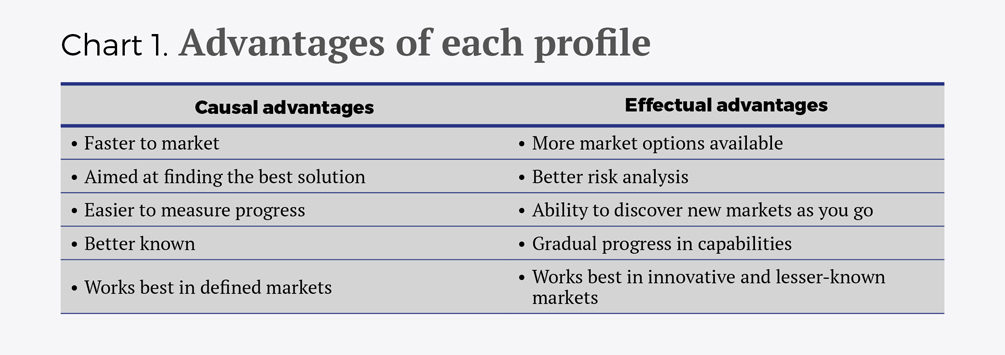
A different sort of logic
The fundamental difference between the two approaches has to do with efficacy and the scenarios posed by the market. Although neither approach is correct or incorrect, we can say that effectual reasoning, the approach preferred by entrepreneurs, is better at reducing risk and is more appropriate in situations with hard-to-predict futures and the potential for adverse customer reactions. For established businesses, which are more predictable and have access to reliable information, causal reasoning is the optimal solution.

Growing pains
The problem arises when a startup begins to evolve into an established company. At this point, the company needs to start combining the effectual approach with the causal approach. This transition can be rocky, as it entails a shift in mindset. A successful startup always reaches some inflection point where its thinking logic needs to move from effectual to causal. This step is necessary in order for the company to grow, but many entrepreneurs resist taking it. Some are simply unable to change their style or way of thinking, while others fail to recognize the need to change.
The mindset best suited to sustaining a startup over time is one that combines both profiles—entrepreneur and MBA. Likewise, the differences between the two leadership models reflect a growing interest in training models—now being offered by some business schools, and IE Business School is one of the best schools at entrepreneurial education—that take an experiential approach to entrepreneurship.
© IE Insights.






